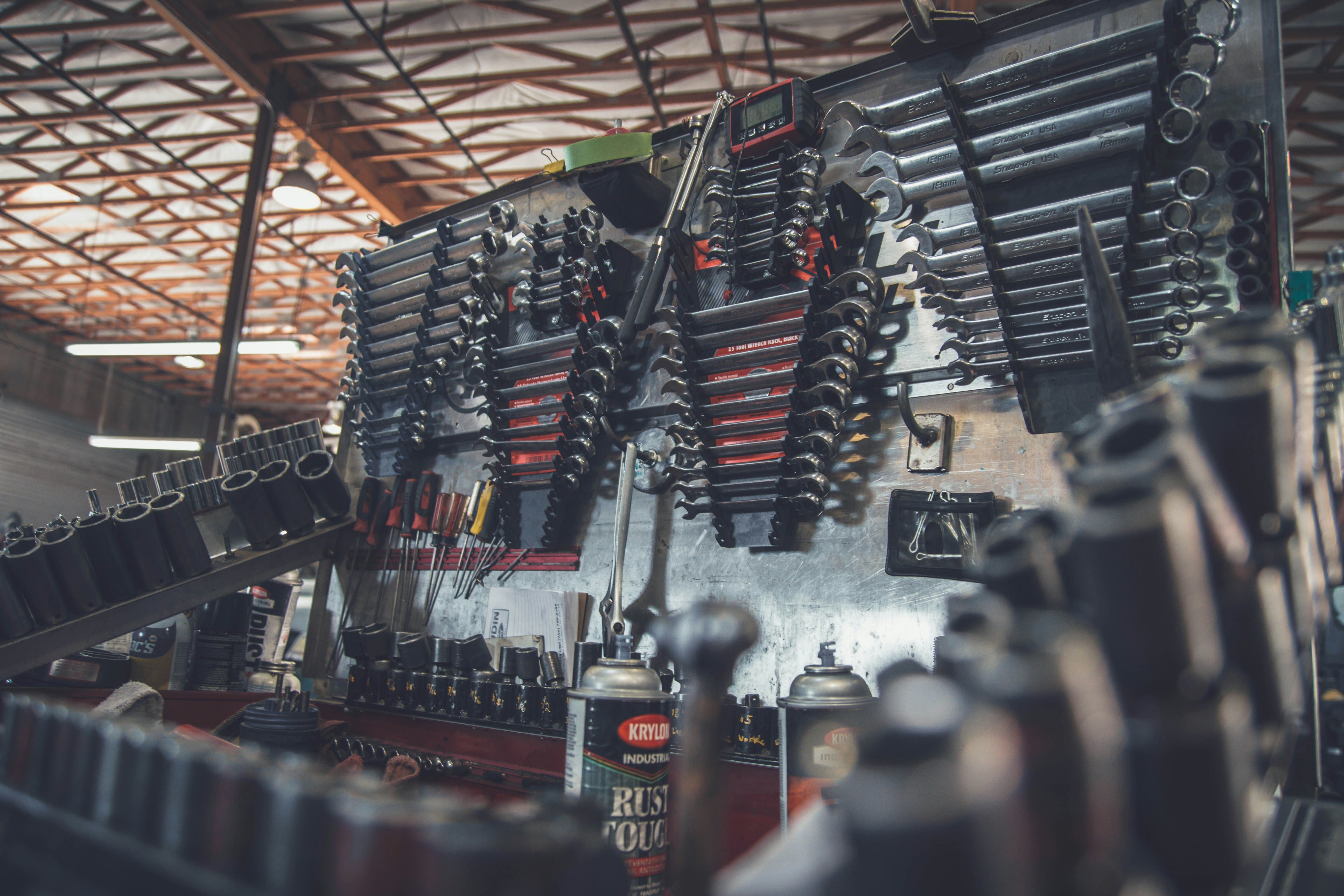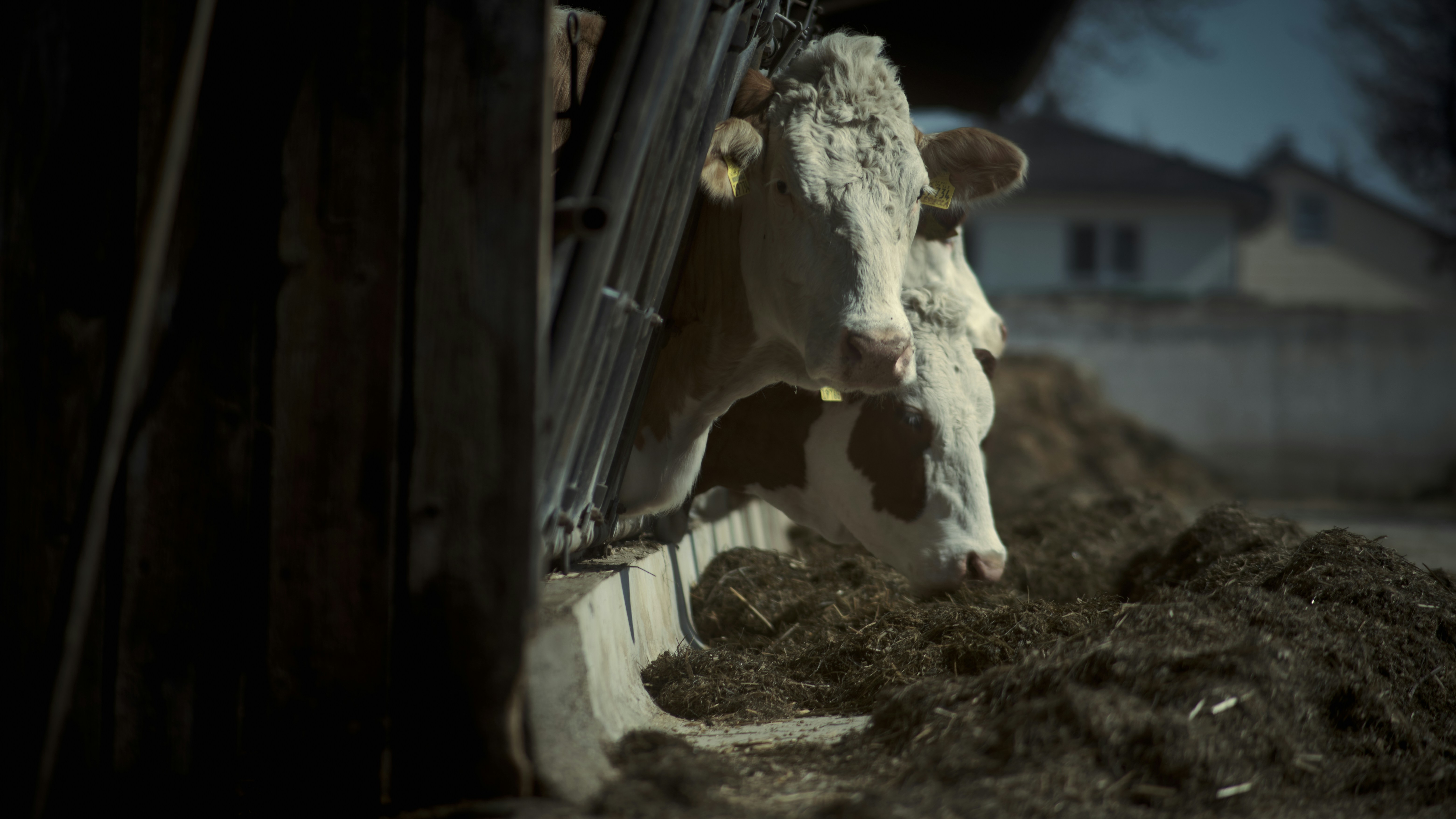BSP Hydraulic Fittings Size Guide
A comprehensive guide to BSPP and BSPT hydraulic fittings, including male and female thread measurements in millimeters.
Keep Your Machinery Maintained!
Record machinery servicing and manage part lists with our app.
Discover AgriFlow
BSP Hydraulic Fittings Chart
Make Your Agri Flow With Our AgriFlow Web App
Field, machinery, livestock & farm compliance tools all within one app.
Discover AgriFlow

British Standard Pipe (BSP) hydraulic fittings are widely used in hydraulic systems, with two main types: BSP Parallel (BSPP) and BSP Tapered (BSPT). These fittings come in male and female configurations, and their thread measurements are critical for ensuring proper connections. Below is a detailed list of common BSP hydraulic fittings, including male and female thread types, along with their inside and outside thread measurements in millimeters. The measurements are based on industry standards and the provided web results.
Overview of BSP Fittings
- BSPP (British Standard Pipe Parallel): Features parallel threads, typically sealed with an O-ring or bonded washer. Male threads have a 30° chamfer, and female threads have a matching 30° cone seat (in swivel applications) or require a seal for port connections.
- BSPT (British Standard Pipe Tapered): Features tapered threads that seal through thread wedging, often requiring thread sealant (e.g., PTFE tape). The male thread tapers, and the female thread can be tapered or parallel in some cases.
- Thread Angle: Both BSPP and BSPT have a 55° thread flank angle, distinguishing them from NPT (60° angle).
- Measurement Note: BSP thread sizes are nominal and based on the pipe’s bore, not the actual thread diameter. For example, a 1/2″ BSP thread does not measure 1/2″ (12.7 mm) but has a larger outside diameter.
Measurement Techniques
To measure BSP threads:
- Determine Thread Type: Check if threads are parallel (BSPP) or tapered (BSPT) using a caliper. Parallel threads have a consistent diameter, while tapered threads decrease in diameter along their length.
- Measure Thread Diameter:
- Male Thread: Measure the outside diameter (OD) across the thread peaks.
- Female Thread: Measure the inside diameter (ID) inside the thread bore.
- Calculate Nominal Size: Subtract approximately 25% from the male thread OD (in inches) to get the nominal BSP size (e.g., 1″ OD ≈ 3/4″ BSP).
- Count Threads Per Inch (TPI): Count thread crests over 1/4″ and multiply by 4 to get TPI, or use a thread pitch gauge to measure pitch (distance between threads in mm).
- Cross-Reference: Use the BSP size chart to match OD, ID, and TPI to the nominal size.
BSP Thread Size Chart
Below is a consolidated list of common BSP hydraulic fitting sizes, including male and female thread measurements in millimeters, based on standard references.
| Nominal BSP Size | Threads Per Inch (TPI) | Thread Pitch (mm) | Male Thread OD (mm) | Female Thread ID (mm) |
|---|---|---|---|---|
| 1/8″ | 28 | 0.907 | 9.7 | 8.6 |
| 1/4″ | 19 | 1.337 | 13.1 | 11.4 |
| 3/8″ | 19 | 1.337 | 16.6 | 14.9 |
| 1/2″ | 14 | 1.814 | 21.0 | 18.6 |
| 3/4″ | 14 | 1.814 | 26.4 | 24.0 |
| 1″ | 11 | 2.309 | 33.2 | 30.3 |
| 1-1/4″ | 11 | 2.309 | 41.9 | 39.0 |
| 1-1/2″ | 11 | 2.309 | 47.8 | 44.8 |
| 2″ | 11 | 2.309 | 59.6 | 56.7 |
Notes:
- Male Thread OD: Measured across the thread peaks using a caliper.
- Female Thread ID: Measured inside the thread bore. Female ID is typically 1–2 mm less than the male OD due to thread depth.
- BSPT Considerations: For BSPT fittings, the OD and ID vary slightly along the taper. Measurements should be taken at the first full thread near the end of the fitting.
- Dash Size: BSP sizes are often expressed as dash sizes (e.g., 1/2″ = -8, 3/4″ = -12), calculated as 16 times the nominal size in inches (e.g., 1/2″ = 8/16 = -8).
Male and Female BSP Fittings
- Male BSPP: Has parallel threads with a 30° chamfered seat. Seals against a female BSPP with a 30° cone seat or a port with an O-ring/washer. Common in hydraulic systems requiring a secure, leak-free connection.
- Female BSPP: Has parallel threads, often with a 30° cone seat (swivel) or a flat face (port) requiring an O-ring or bonded washer. Used in hydraulic and pneumatic systems.
- Male BSPT: Has tapered threads that narrow along the length, sealing through thread wedging. Requires thread sealant (e.g., PTFE tape) for a leak-free seal. Common in high-pressure hydraulic applications.
- Female BSPT: Typically has tapered threads, though some applications use parallel female threads with a tapered male. Seals via thread engagement and sealant.
Key Characteristics
- Sealing Mechanism:
- BSPP: Relies on an O-ring, bonded washer, or 30° cone seat for sealing. The parallel threads provide mechanical strength.
- BSPT: Seals through thread deformation as the tapered male threads wedge into the female threads. Thread sealant is recommended.
- Interchangeability: BSPT male threads can sometimes fit into BSPP female threads (fixed, not swivel), but sealing may be less reliable. BSP and NPT are not interchangeable due to different thread angles (55° vs. 60°) and pitches.
- Applications: BSPP is common in hydraulic and pneumatic systems, while BSPT is used in high-pressure hydraulic systems and plumbing.
Measurement Best Practices
- Tools: Use a digital caliper for OD/ID measurements and a thread pitch gauge for TPI or pitch.
- Clean Threads: Ensure threads are free of debris before measuring to avoid errors.
- Verify Taper: For BSPT, measure the OD at multiple points to confirm the taper (e.g., first and fourth threads). If diameters decrease, it’s tapered.
- Avoid Common Errors: Do not confuse BSP with NPT (60° thread angle) or metric threads (e.g., M12x1.0). Check TPI and thread angle to confirm BSP.
Additional Notes
- Metric Threads: Unlike BSP, metric threads (e.g., M12x1.0) specify the exact OD (12 mm) and pitch (1.0 mm). They are not interchangeable with BSP.
- Common Sizes in Hydraulics: Popular BSP sizes for hydraulic hoses include 1/4″, 1/2″, 3/4″, and 1″.
- Damaged Threads: If threads are damaged, measurements may be inaccurate. Inspect visually and consider replacing damaged fittings.
This chart and information cover the most common BSP hydraulic fitting sizes. For precise applications, always cross-reference measurements with a BSP thread chart and verify with a thread gauge. If you need specific fittings or additional sizes, please clarify, and I can provide further details or source additional information.
Explore AgriFlow
Check out the AgriFlow web app banner above. AgriFlow offers tools for livestock records, task management, and farm compliance, all in one platform. Click Discover AgriFlow to learn more at agriflow.agriops.online.
Make Your Agri Flow With Our AgriFlow Web App
Field, machinery, livestock & farm compliance tools all within one app.
Discover AgriFlow
